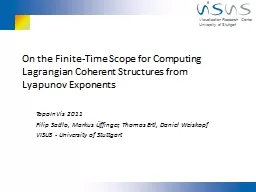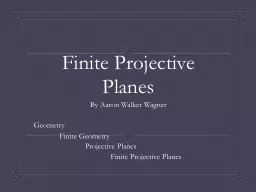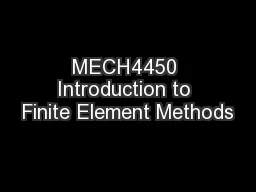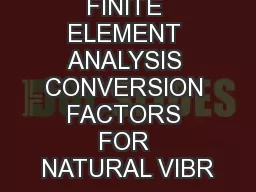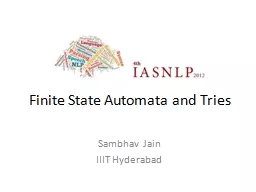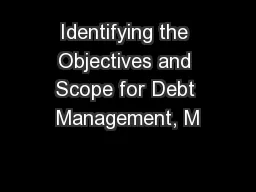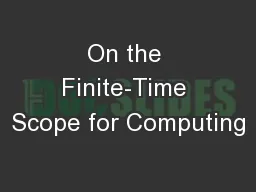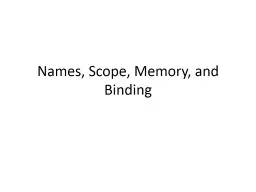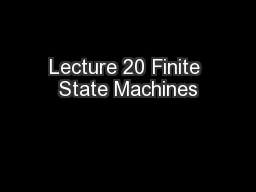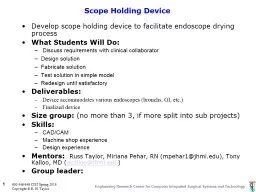PPT-On the Finite-Time Scope for Computing
Author : faustina-dinatale | Published Date : 2020-01-31
On the FiniteTime Scope for Computing Lagrangian Coherent Structures from Lyapunov Exponents TopoInVis 2011 Filip Sadlo Markus Üffinger Thomas Ertl Daniel Weiskopf
Presentation Embed Code
Download Presentation
Download Presentation The PPT/PDF document "On the Finite-Time Scope for Computing" is the property of its rightful owner. Permission is granted to download and print the materials on this website for personal, non-commercial use only, and to display it on your personal computer provided you do not modify the materials and that you retain all copyright notices contained in the materials. By downloading content from our website, you accept the terms of this agreement.
On the Finite-Time Scope for Computing: Transcript
Download Rules Of Document
"On the Finite-Time Scope for Computing"The content belongs to its owner. You may download and print it for personal use, without modification, and keep all copyright notices. By downloading, you agree to these terms.
Related Documents

